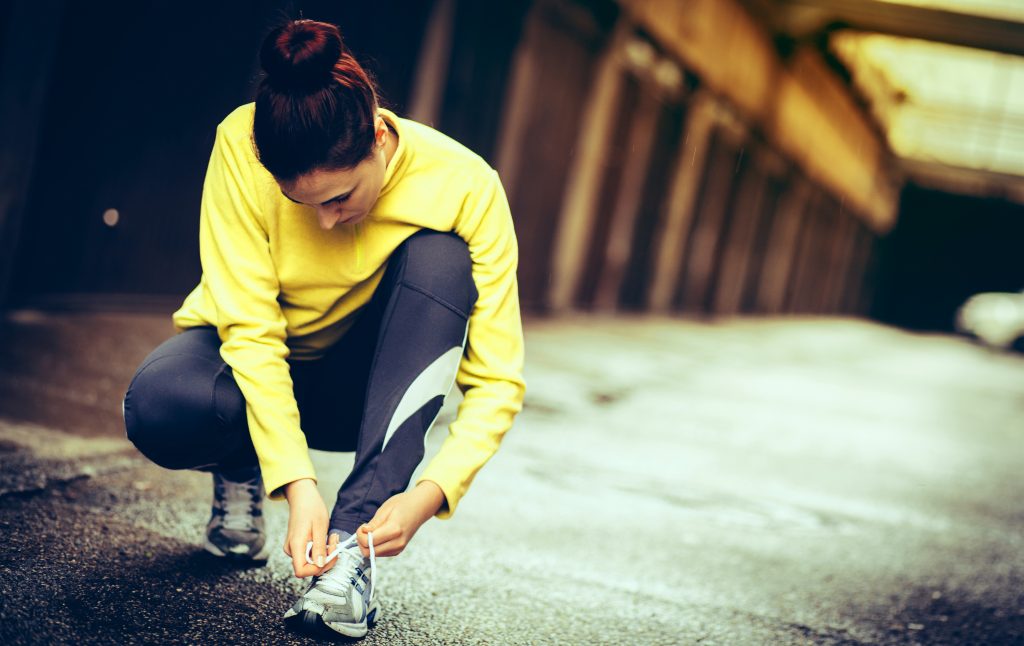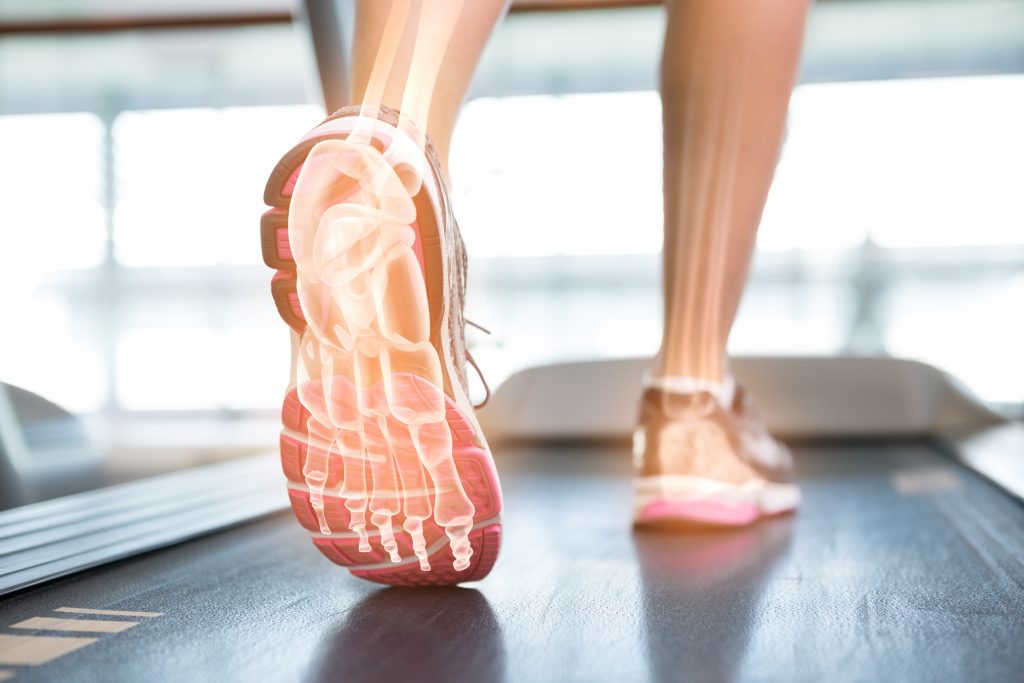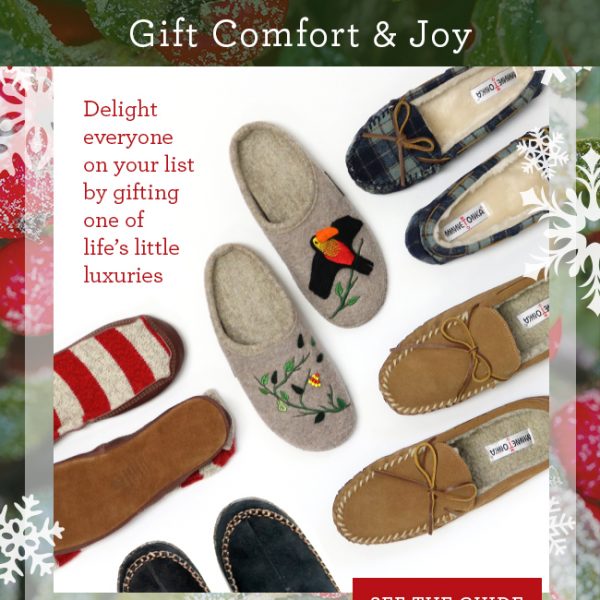Looking to log some miles this new year? When it comes to comfort, improving performance, and minimizing the risk of injury, running shoe fit is key. Karolyn Jacobs, Board Certified Pedorthist (CPed) at our Highland Park store, shares some simple tips for finding running shoes with the best fit.

1. Wear running shoe that are big enough. One of the most common issues when it comes to running shoe fit is people wearing shoes that aren’t big enough width-wise or length-wise. Shoes that are too tight cause blisters and shoes that are too short damage toenails. In running, the foot elongates through the gait cycle, so you typically need a running shoe with at least a thumb tip’s length of extra space up front. Your running shoe size will often be bigger than you’re used to buying!
2. Always have both feet measured. It’s normal to have one foot larger than the other, so make sure you’re fit for the larger foot. Also, our feet continue to grow as we age, so if you haven’t seen a brannock in a while you might be wearing the wrong size.
3. Running shoes should match the shape of the foot. You should never have to “break in” or stretch out a running shoe. They should feel good right out of the box.

4. Find a running shoe that’s appropriate for your foot type and foot strike. Overcorrection or undercorrection can throw off your body’s biomechanics and lead to injuries. Make sure whoever is assisting you with your running shoes is trained, like the Schuler Shoes staff, to know which styles are appropriate for your specific foot type and gait.
5. Materials are important. Make sure your running shoes can breathe and assist in moisture management to maximize comfort. A lot of this comes down to investing in a good, quality running shoe.
6. Get fit later in the day. Our feet swell during the day. They also swell during a run. So the best time to get fit for running shoes is later on in the day when your feet are at their largest.
7. Proper lacing is important for stability and comfort. Make sure you lace from the toes up to secure yourself in the shoe and avoid heel slip.
Looking to get fit for running shoes? To provide an extra level of service, our friendly team of Board Certified Pedorthists (CPeds) are available for a free foot evaluation. Our CPeds have all received special training to help you find shoes that work best for your feet, biomechanics, and activity level. Click here to schedule a free foot evaluation at your neighborhood location.

